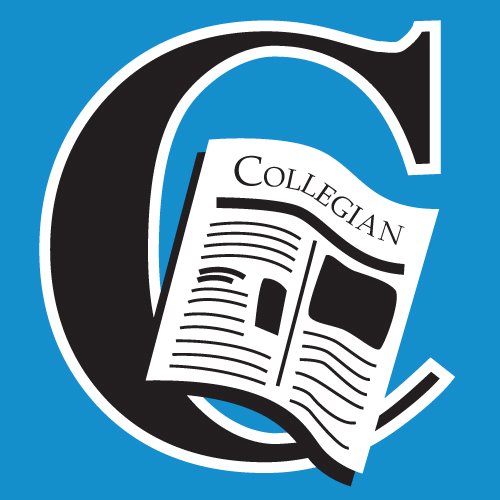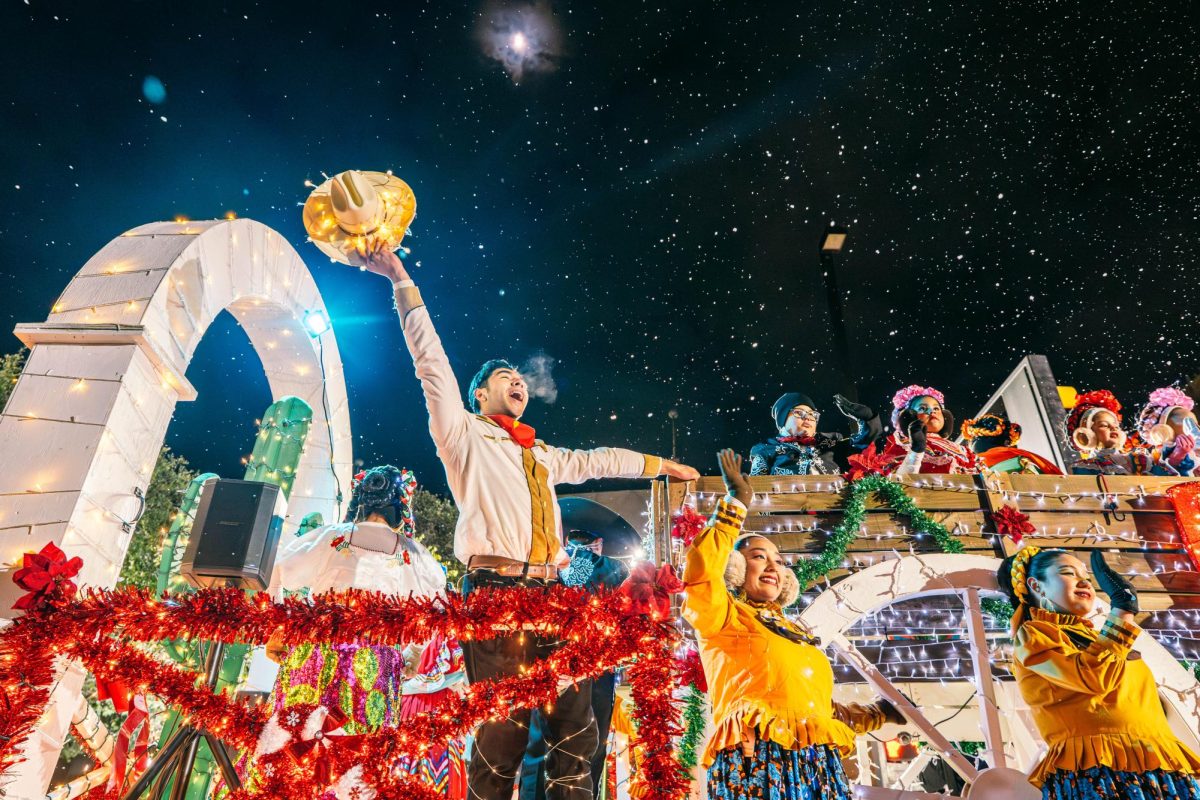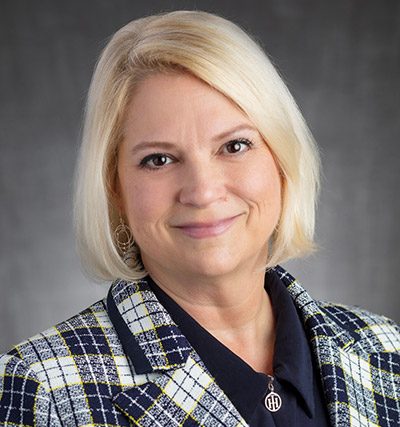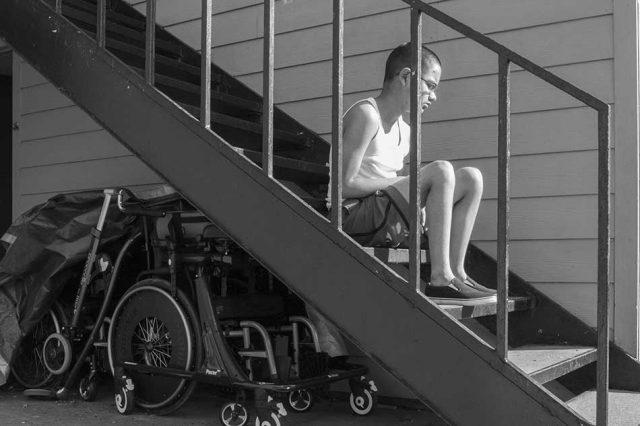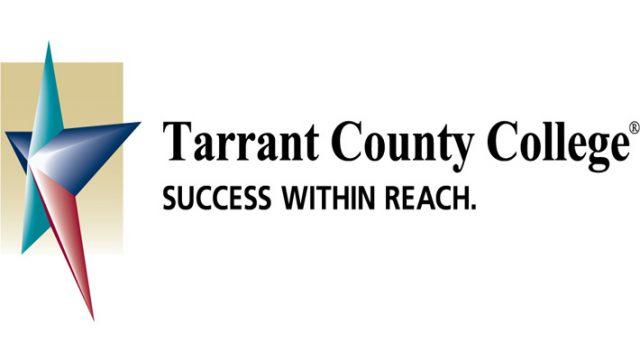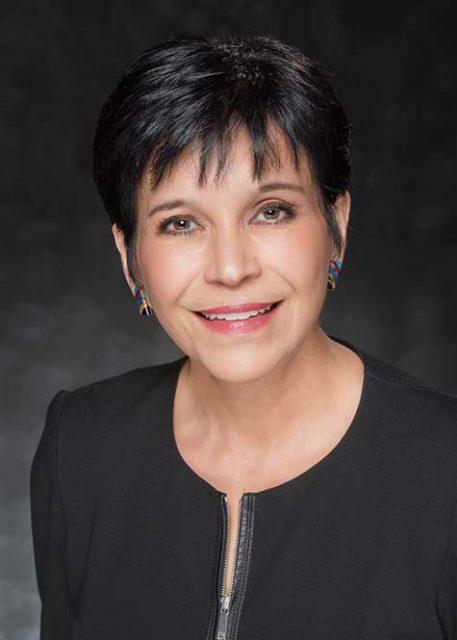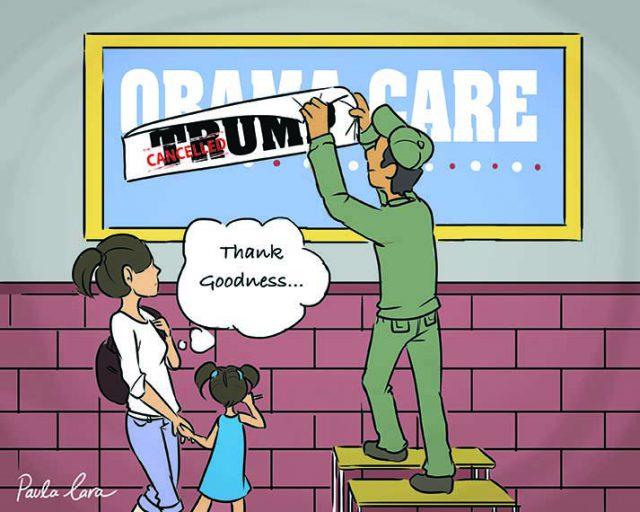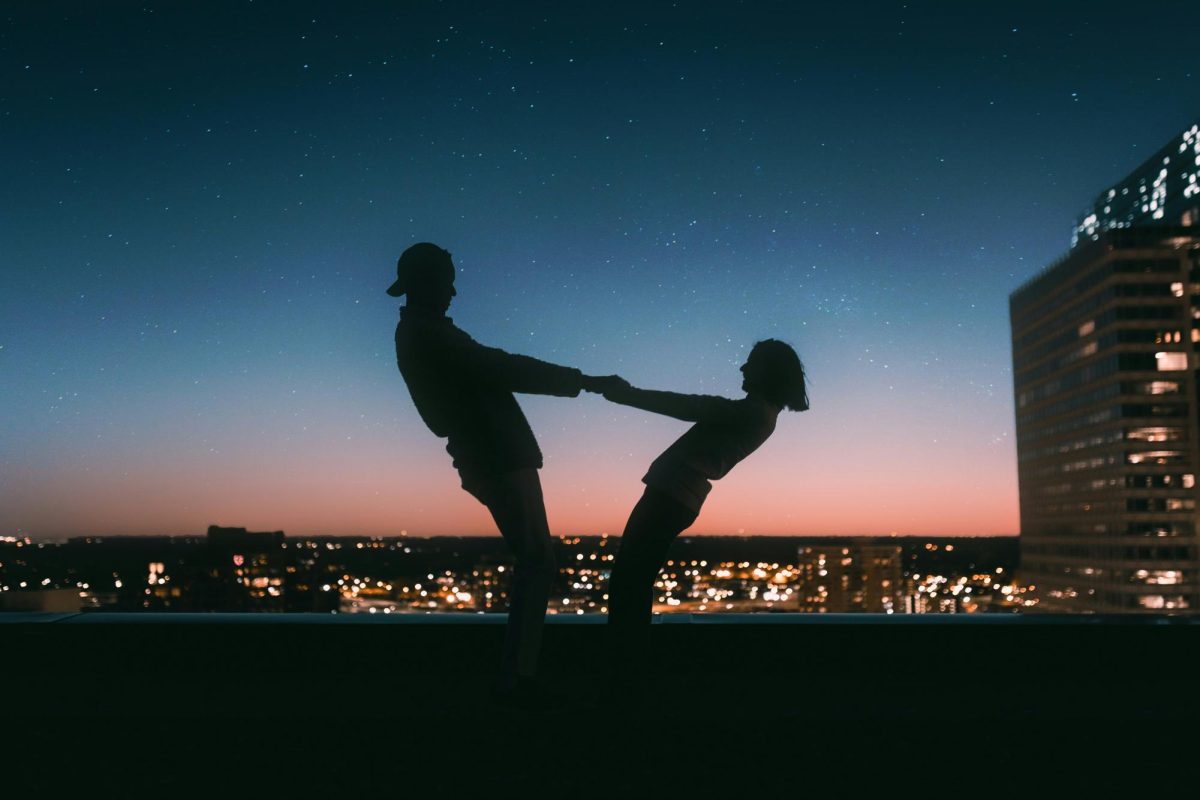By Kathryn Kelman/ne news editor
YouTube has been working to filter out offensive content, but recently the social media platform’s “Restricted Mode” has blocked and filtered out content from LGBTQ+ creators.
“Restricted Mode” is an optional parental-control feature users can activate to avoid content an algorithm deems inappropriate. Many LGBTQ+ YouTubers wonder why it blocks videos like Tyler Oakley’s 8 Black LGBTQ+ Trailblazers Who Inspire Me and classifies transgender makeup tutorials and coming-out stories as sensitive content but doesn’t restrict videos of YouTubers using vulgar language.
Whether the censorship of LGBTQ+ content was intentional or a case of gross negligence, a message has already been sent to the LGBTQ+ community and the world.
By censoring content, YouTube has equated the LGBTQ+ community with “not family-friendly” and ignored the existence of LGBTQ+ youth and families. Additionally, its implementation perpetuates the harmful ideology that LGBTQ+ people are perverted and their relationships are more sexualized, deeming them less appropriate for youth than a heterosexual relationship.
This ideology is what leads to hate crimes like the beatings and murders of young people like Matthew Shepard in Laramie, Wyoming, and the mass murder of 49 people in the Pulse Nightclub shooting in Orlando.
As someone who depended on LGBTQ+ content and creators on YouTube to figure out and understand her sexuality, I fear that limited access to those videos and voices would harm LGBTQ+ youth. These young people are already at a much higher risk for depression and more likely to commit suicide than their heterosexual, cis-gendered peers.
Because of the hate and second-class citizen status that still exists regarding sexualities and gender identities that differ from “the norm,” youth struggle with a lot of shame and fear while questioning and figuring out their sexualities and gender identities. YouTube has added to that shame by deeming LGBTQ+ content inappropriate and tells an at-risk community that who they are and who they love is wrong and should not be shared or discussed in public circles.
Young people won’t freely talk about it, ask questions or proudly and openly own who they are if they’re ashamed and terrified they’ll be bullied, lose friends, get kicked out and/or be killed. With a lack of quality, positive and healthy representation of LGBTQ+ people in mainstream media, YouTube’s LGBTQ+ community is one of the few places for these youths to turn to for answers, understanding and acceptance.
Limiting access to LGBTQ+ content severs an important lifeline that gives LGBTQ+ youth the very hope that helps keeps them alive. Hopefully, the platform that has always been an outlet for self-expression will do more than apologize and actually fix its mistake.
























